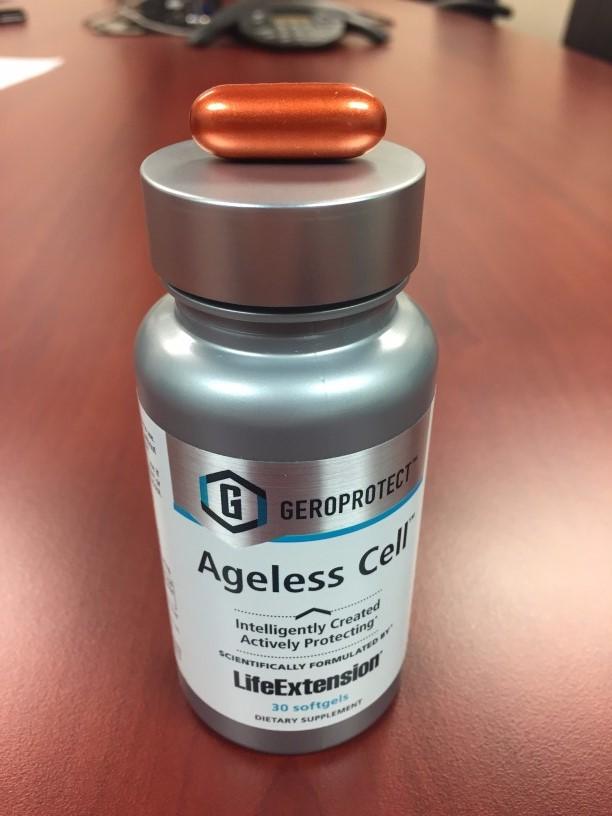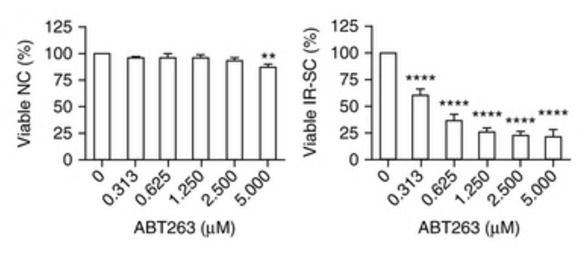A look at Rapamycin the life extending drug with some serious drawbacks.
If any drug has performed consistently and unequivocally well in anti-aging trials, it’s rapamycin. Dr. Matt Kaeberlein’s Dog Aging Project is among the most recent trials investigating its longevity-promoting potential in mammals, but it’s also been the subject of numerous trials in mice, worms, flies and yeast. And although it acts through a mechanism which has been most closely associated cancer prevention, this drug appears to stave off all maladies related to aging.
Even more encouraging are the indications that it could be beneficial well into old age. Trials done in the National Aging Institute’s ITP, a testing protocol that collects its data from three independent labs, found that when mice started rapamycin treatment at 600 days old (roughly 60 in human years), they lived an average of 11% longer than control counterparts. Longevity interventions that hold up well even in late-life are few and far between, and even the traditionally successful method of caloric restriction has limited utility when begun late.
Coincidentally, some think that caloric restriction works via the same pathway as rapamycin: by inhibiting the enzyme mTOR. Among its numerous functions, mTOR helps to drive cell growth and proliferation. Halting out of control cell division is key to cancer prevention, and so it’s not too surprising that rapamycin treatment counters development of certain types of tumors by inhibiting mTOR. It can have detrimental effects on nutrient sensing, the factor behind metabolic diseases like diabetes, by promoting activation of insulin receptors. And since mTOR is responsible for increasing energy consumption and cellular metabolism, it can also produce oxidative stress by way of the free radicals created by overactive mitochondria.
Read more









